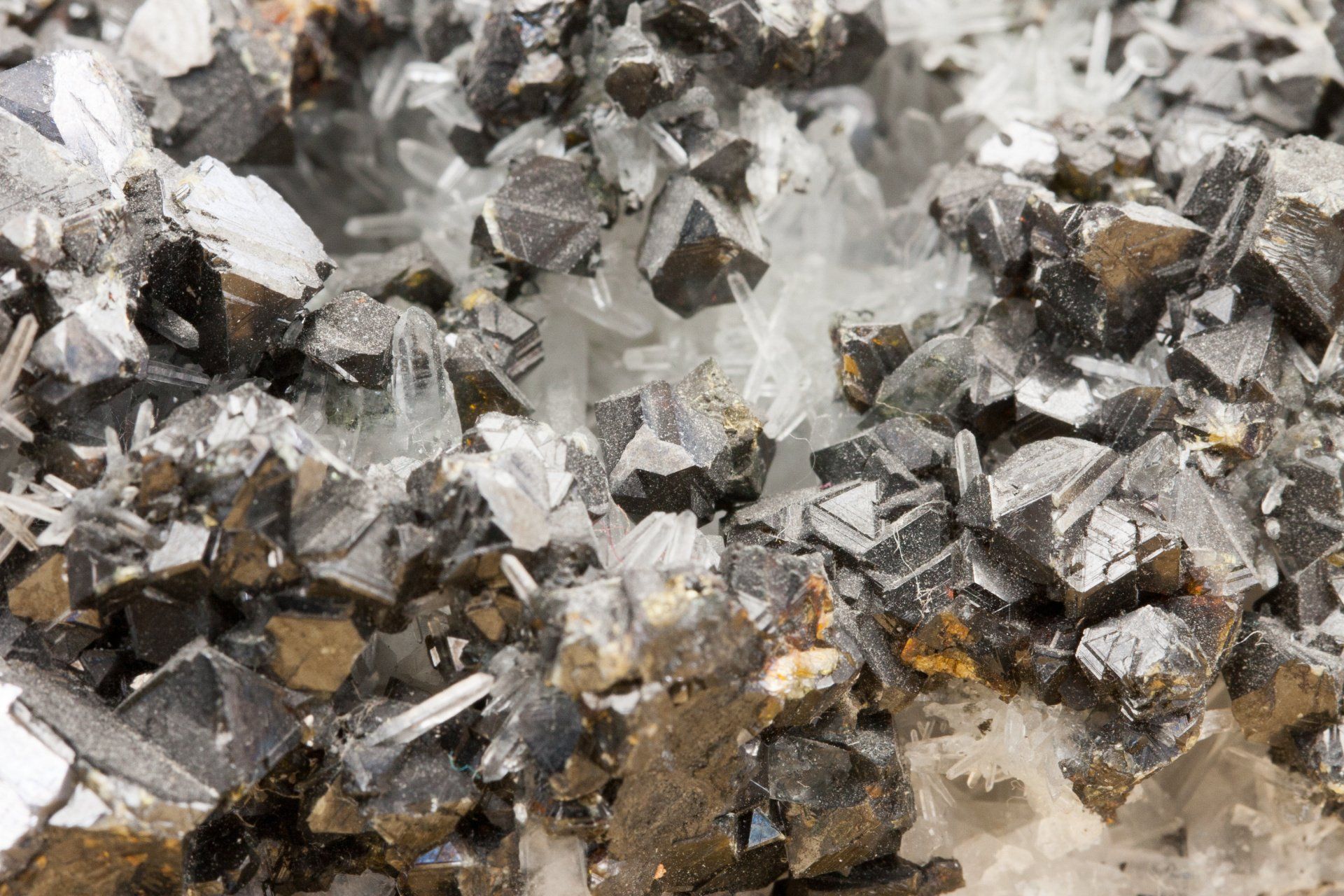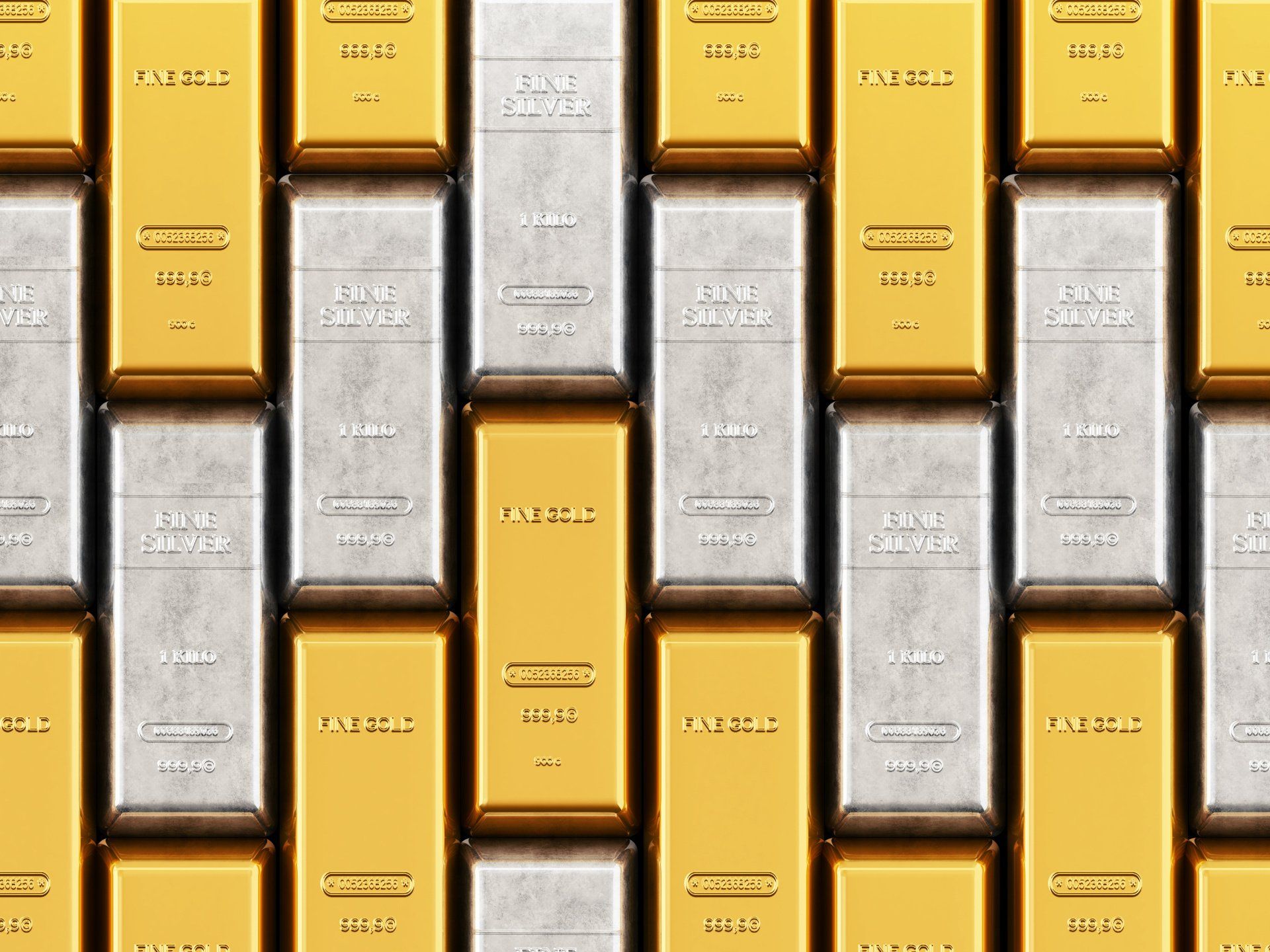Contact Us
020 3350 1471
GLOBAL
PACIFIC SERVICES
What Are Importers Currently Doing As The Rupee Plunges Against The Dollar?
Companies with US dollar loans on their balance sheets and importers are rushing to cover unhedged foreign currency exposures after the Federal Reserve's latest resolve to detain inflation caused concerns of continued fund outflows from India - potentially quickening the rupee's further depreciation.
With exporters also holding on to their earnings in anticipation of a further slide in the local unit, odds are shortening on a demand surge for hedging instruments in the currency market.
"Whenever there is pressure on the rupee, importers jump into the market," said Sushanta Kumar Mohanty, the general manager - of treasury at Bank of Baroda. "We could see some private players now rush in to buy currency hedges. With the rupee plunging to lifetime lows, it is high time they cover their currency risks to protect margins." Data updated until June 20 from the Clearing Corporation of India showed that hedging activities are increasing, with importers/hedgers buying $1.6 billion of net forward contracts on a single day last week, compared with $478 million at the beginning of the month.
The Chairman of Fed Reserve Jerome Powell told lawmakers recently that the US central bank was committed to bringing down inflation in the world's biggest economy, recognising the hardship higher consumer prices were causing to the average American.
Crude oil, industrial gas and fuels, trading, consumer durables and telecom are the top five sectors currently with the highest deficits, or the excess of imports over exports, data from Bank of Baroda Economic Research showed. The rupee climbed about 0.1% to 78.32 Thursday this week after global crude oil prices dropped. The local unit had hit lifetime lows of 78.38 to a dollar on Wednesday.
"The drop in the forward premium, coupled with a rise in the pace of rupee depreciation, has prompted many importers to cover their currency risks - both through linear and non-linear products," said B Prasanna, group executive and head of global markets, ICICI Bank.
How much did the rupee lose in June 2022?
Forward premiums dropped to record low levels since 2010. The Onshore Implied Yield tanked 69-88 basis points since May 31 this year across one-month, three-month, six-month and twelve-month maturities, showed Bloomberg data compiled by ETIG. One basis point is 0.01%.
However, the rupee lost 0.86% in June, outpacing the drop in the premiums and potentially worsening losses for importers.
The demand for currency risk covers was reflected in the forward premiums Thursday when they increased 20-32 basis points over Wednesday's levels.
"The latest lifetime low despite an aggressive central bank intervention has particularly moved the importers that have begun to worry about the offshore liabilities," said Anindya Banerjee, the currency analyst, of Kotak Securities.
While select banks were seen selling dollars, they were backing up such action via buy-sell swaps. This mechanism triggered a crash in the forward premiums.
Will there be a further fall in the coming months?
"The fundamentals are pointing toward a weaker rupee and continuous intervention has made the rupee pretty overvalued as compared to other Asian peers," said Abhishek Goenka, the CEO of IFA Global. "Importers are now willing to buy cheap hedges because premiums have dropped, using the forwards and various option combinations."
The Standard Chartered INR Real Effective Exchange Rate (REER) index, based on the central bank's 36-currency trades, yielded 123.26 on Thursday compared with 118.08 nearly a year ago, clearly demonstrating the rupee's overvaluation.
The hedge ratio for importers is estimated to have crossed more than 50% now, while less than half of the importers had covered their risks earlier.

Easily contact us on
All Rights Reserved | Global Pacific Services













